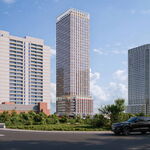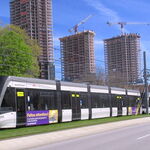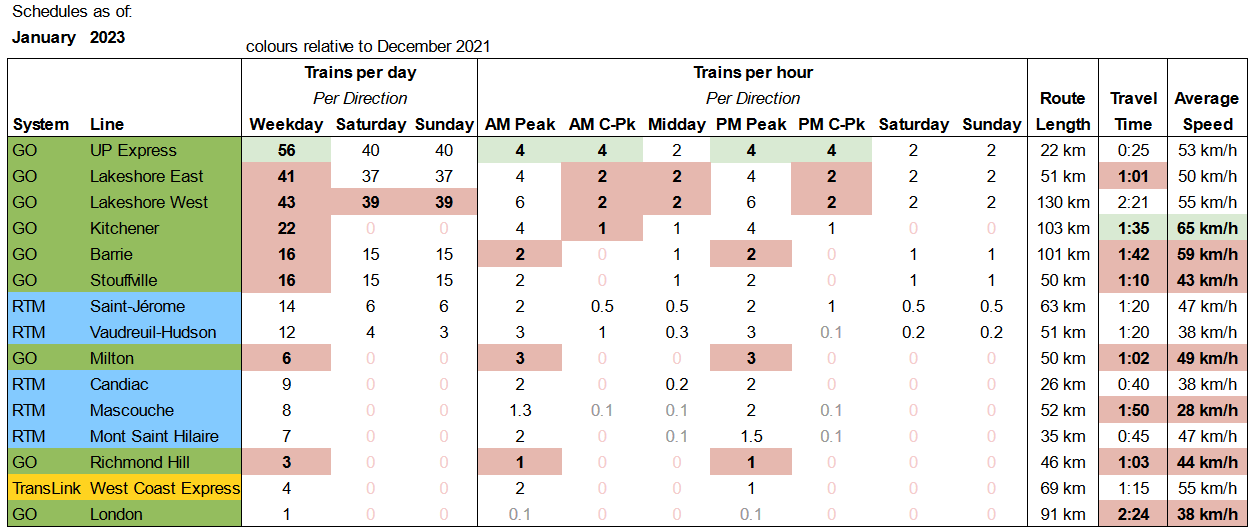Deadpool X
Senior Member
You are delusional if you think the ridership will increase multifold by increasing train trips 4 times. You can't force people to use GO just because you increased the services by 4 times. Case in point Sheppard subway, which is much less utilized than other lines despite tons of condos near it.With GO expansion, they can also run shorter trains. Electrification and increased acceleration will make trip times much faster and competitive with cars.
There's going to be a massive increase in train trips, more than 10,000 per week. Currently, there's 2,400 weekly train trips.
You're smoking if you don't think ridership will substantially increase.
We have seen the proposed speeds and they are not that much better than now because of new infill stations.
Many people on these routes are already using current transit options. Some of those will shift a portion of their journey to GO. Those are not net new riders. Some will be net new riders, but how many? Within City of Toronto which is by far the biggest market for transit, most of the places are relatively well served by subway and frequent buses. Additionally, new lines will enter service before or around GO expansion's completion (Eglinton LRT, Finch LRT, Eglinton West LRT, Eglinton East LRT, Ontario line, Yonge North extension).I think that with more stations in the city and frequent service, there is a huge latent demand in the core areas. Similar to the TTC subway, it achieves this potential when other transit routes (bus, streetcar, subway) make good connections with these services.
*Key Transit Connections, New Stations.
- Oakville - Pickering: Oakville Centre*, Clarkson, Port Credit*, Long Branch, Mimico, Park Lawn, Exhibition*, Union, East Harbour*, Gerrard*, Main, Birch Cliff, Cliffside, Scarborough Village, Guildwood, Rouge Hill, and Pickering Centre*.
- Airport - Markham: Pearson Centre*, Grandstand*, Weston, Mount Dennis*, Stockyards, West Bend*, Liberty Village, Union*, East Harbour*, Main, Cliffside, Kennedy Centre*, Agincourt, L'Amoreaux, Milliken, Unionville*.
- Rutherford - Union: Rutherford, Concord*, Downsview Park*, Glen Long, Caledonia*, Earlscourt, Lansdowne*, Fashion, Union*.
It will be hard for GO to compete with TTC unless it brings down the fares to same level as TTC and we have no indication on that happening. The only thing we have heard is free integration which is still more expensive than just TTC fare.
I would love GO to increase its ridership many times over but I prefer being realistic.





